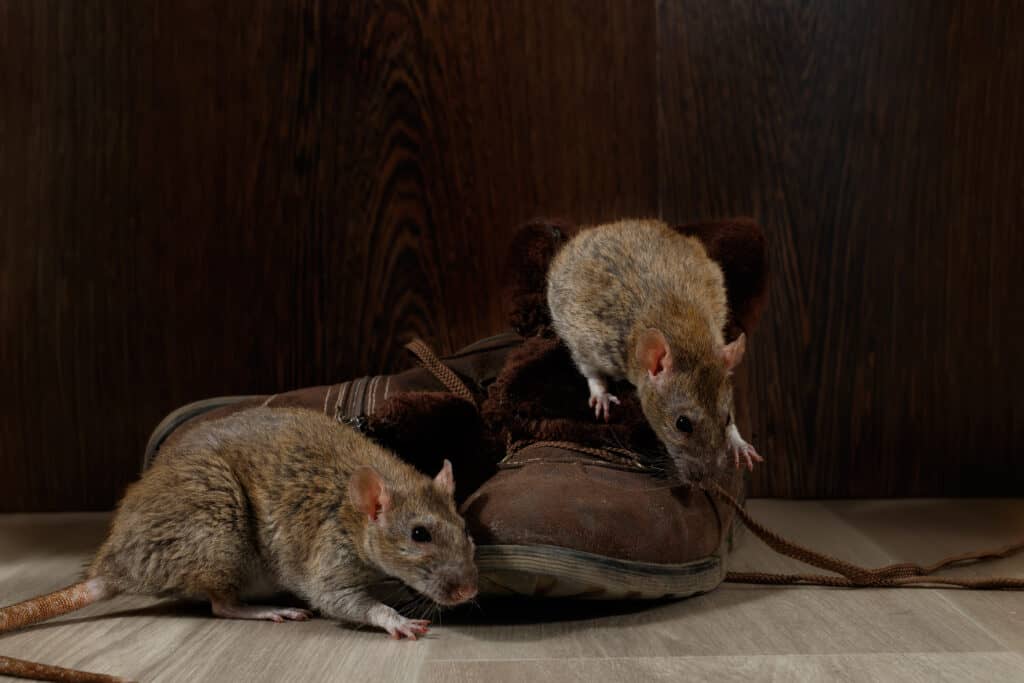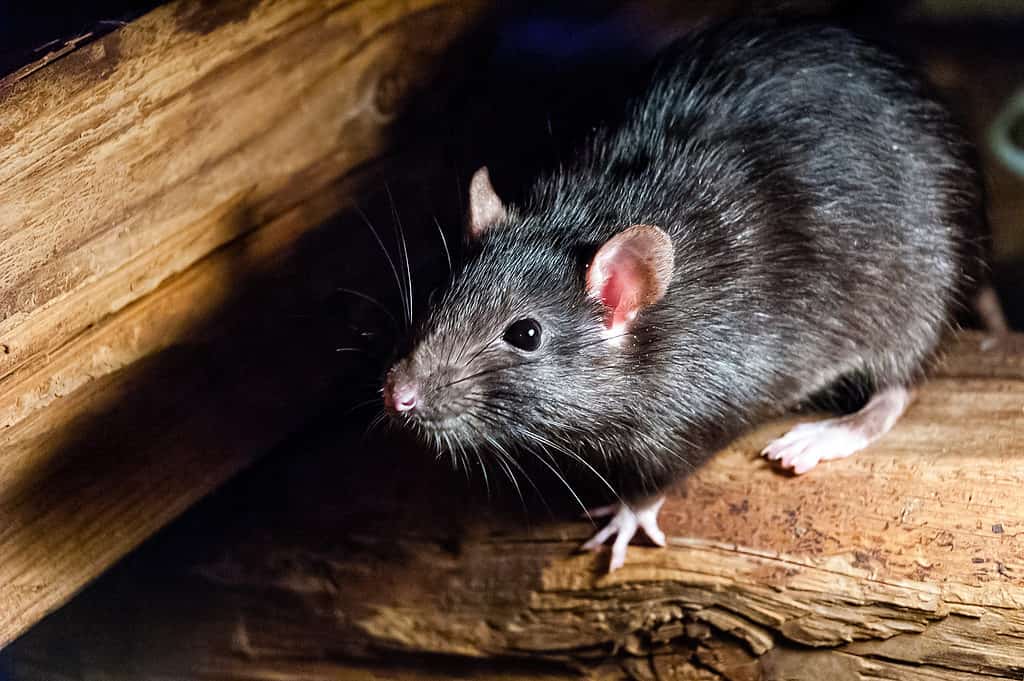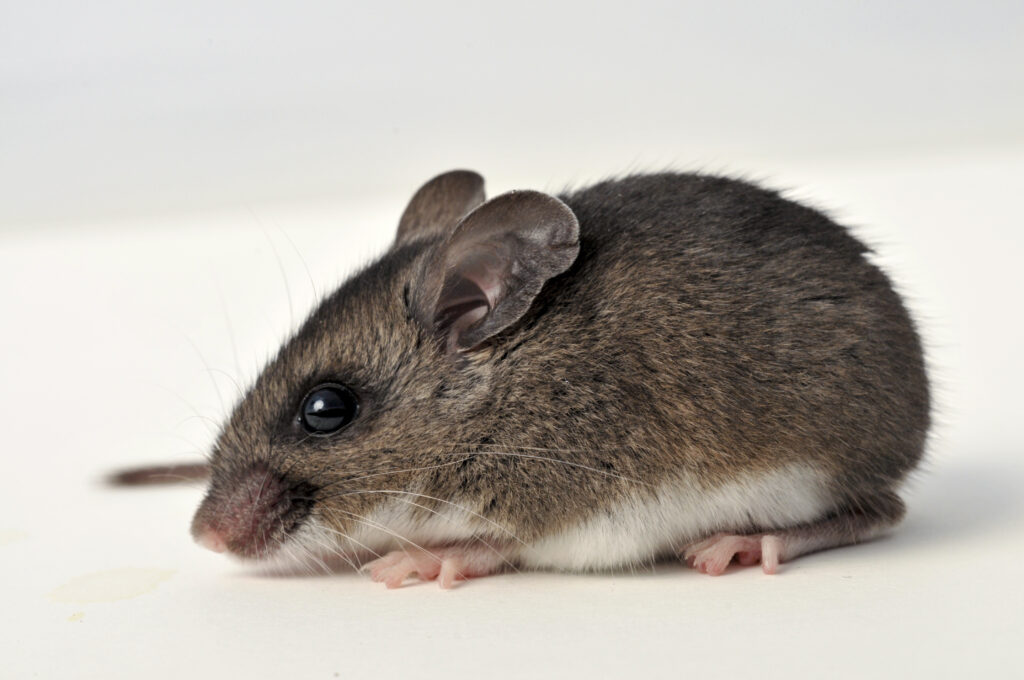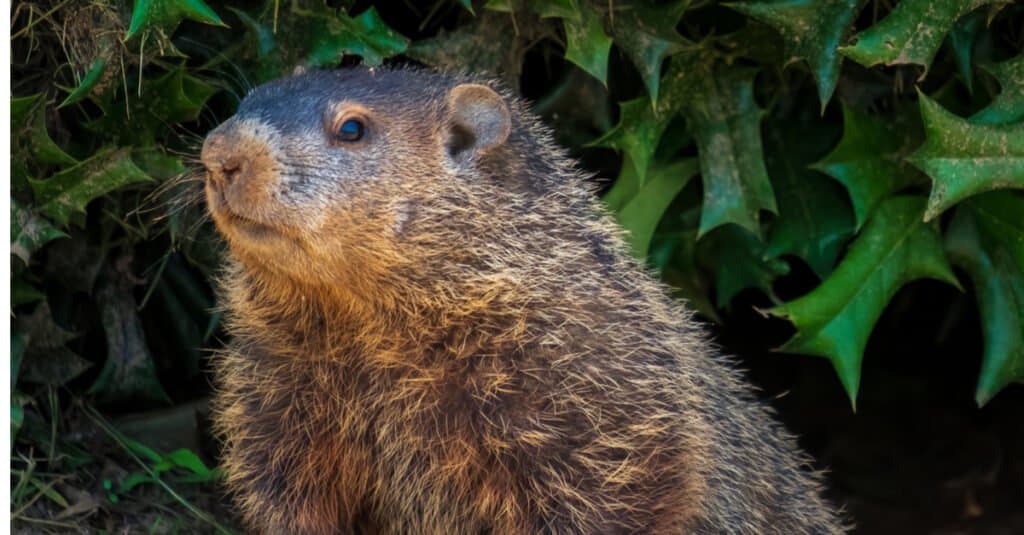Rodents have always been unwelcome guests in most households. Intelligent species like rats are crafty enough to get into our food. Moreover, these animals carry diseases that can harm humans. For example, rodents were responsible for the initial spread of the Bubonic Plague. That was one of the deadliest pandemics in history! It’s no secret that New York is home to MANY rodents. With their sharp teeth, disease-carrying potential, and insatiable hunger, these rodents pose a significant threat to anyone living in their vicinity. So, let’s take a closer look at rodents in New York and what makes them so dangerous.
How Many Rats Are There in New York City?
New York City is known for many things, including the Empire State Building, the Brooklyn Bridge, and the Statue of Liberty. Unfortunately, its population of rats is also one of the unfortunate things famous about this city. This massive city of more than 8 million people is home to an enormous rate population and has one of the largest rat populations in the world. The city’s climate, sanitation, and infrastructure make it a perfect place for rats.
These rodents live in colonies of up to 50 individuals across the city and shelter in subways, restaurants, skyscrapers, apartments, city parts, and more! As a result, it is challenging to estimate the total population of rats across the city. Likely, the number dramatically varies depending on the season. The low estimate is around 2 million rats, or one rat for every four people, but the highest estimates claim more than 30 million rats! Or four rats per person… Yuck!
1. Brown Rat (Rattus norvegicus)
The most common rodent found throughout New York is none other than the brown rat. These rats have brown fur, small ears, a scaly tail, and a blunt nose.
Brown rat bodies are about 10-12 inches long and about 16-18 inches, including their tail weighing up to 1 pound. However, these common rodents can sometimes grow up to 20 inches long and weigh over 2 pounds!
Brown rats are opportunistic eaters and considered omnivores, so they eat anything they can find, including garbage, pet food, and even each other.
Brown rats can be found in various environments, from sewers and subways to parks and residential neighborhoods. They typically make their nests in burrows, which they dig in the soil, under rocks or tree roots, or in buildings. They are social animals and often live in large groups of up to 50 individuals.
Brown rats are highly intelligent and curious creatures that can quickly learn and adapt to new environments. If kept as pets, they can even learn tricks!
Their sense of smell is exceptional and utilized for navigation within their environment.
Brown rats have a short lifespan, only living around one year. But they keep busy during their short life. These rodents start mating at just two or three months old and produce litters of around a dozen young, known as “pups,” every two months.
The rat infestation in New York City has been growing even faster than usual due to budget cuts and inefficient food disposal. In 2014, New York was named the “Worst Rat City in the World” by Animal Planet, and pest expert Bobby Corrigan referred to it as the “No. 1 Pestropolis” in the USA.
Why Is the Brown Rat a Dangerous Rodent in New York?
Brown rats are considered pests and carry and transmit diseases such as Salmonella, Leptospira, and Hantavirus, which can spread to humans. They can also carry parasites like mites, ticks, and fleas, which can also harm other animals, pets, and humans.
Brown rats can damage buildings and infrastructure by gnawing on electrical wires and insulation, leading to fires and other hazards. Brown rats can also harm other animals, prey on birds and their eggs, and outcompete native species for resources.

The most common rodent found throughout New York is none other than the brown rat.
©torook/Shutterstock.com
2. Black Rat (Rattus rattus)
Black rats are another species found in New York City but are not as common as brown rats. They were introduced to the city during colonial times from Europe.
Black rats are smaller than brown rats, with slender bodies that are usually around 6 to 8 inches long and a tail that is longer than their body. They have black or dark brown fur and large ears that are prominent in proportion to their body size.
Just like brown rats, black rats are omnivorous and will eat almost anything. Black rats construct their nests using shredded materials such as sticks, leaves, vegetation, and clothing. Their nests typically have a spherical shape. Without trees or palms, they can burrow into the ground for shelter. Black rats can also be found living near fences, ponds, riverbanks, streams, and reservoirs.
Black rats are known to be agile and better climbers and swimmers than brown rats. For example, they can run along telephone wires, using their tails to balance themselves while moving. This ability to traverse thin, elevated surfaces has earned them the nickname “Roof rat.”
Why Is the Black Rat a Dangerous Rodent in New York?
Similar to brown rats, black rats can carry and transmit diseases like leptospirosis and hantavirus to humans. These diseases can cause severe illness or even death. In addition to disease transmission, black rats can also cause damage to buildings and structures through their gnawing behavior.
Black rats can also transmit diseases and parasites to other animals.
Furthermore, black rats are known to be invasive species and can outcompete native species for resources, leading to a decline in biodiversity. They may eat the eggs of birds, which can have a significant impact on local bird populations.

Black rats are another species found in New York City but are not as common as brown rats.
©Carlos Aranguiz/Shutterstock.com
3. Deer Mouse (Peromyscus maniculatus)
In New York, deer mice can flourish in every type of land habitat and elevation, yet they are most populous in wooded regions where they opt to build their nests inside tree hollows. So, you are more likely to encounter this species outside of New York City in the less urban areas of New York State.
Deer mice have large, round ears and big, dark eyes. They have soft gray-brown fur on their backs and white fur on their bellies. They are much smaller rodents, measuring between 3 and 4 inches long, or 7 inches, including their tail.
Deer mice are omnivorous, eating a wide variety of different foods. Their diet may include seeds, berries, insects, and other small invertebrates. They are known to store food in their nests to prepare for the winter months when food may be scarce.
They are also excellent climbers and can easily navigate trees and other obstacles.
Deer mice are active mainly at night; they rest in their nests during the day to conserve energy. They are also known to be quite social and will often form small groups to live together. Unlike brown and black rats, deer mice are essential to the ecosystem as they serve as the primary food source for predators such as owls, hawks, foxes, and snakes.
Why Is the Deer Mouse a Dangerous Rodent in New York?
Like rats, deer mice can carry diseases and parasites such as hantavirus, Lyme disease, and fleas, ticks, and mites. They pose a health risk to humans and animals if contaminated dust is inhaled in areas infested by deer mice. They can also damage buildings and compete with other small mammals for resources.
Taking precautions, such as wearing protective gloves and a respiratory mask when dealing with rodent-infested areas, and contacting professional pest control, can help reduce risks associated with deer mice.

You are more likely to encounter deer mice outside of New York City in the less urban areas of New York State.
©Close Encounters Photo/Shutterstock.com
4. Muskrat (Ondatra zibethicus)
Muskrats are small to medium-sized rodents that belong to the genus Ondatra. The adult muskrat has a body length of approximately 16-28 inches, with the tail accounting for half of that length. They typically weigh between 1 and 1/4 to 4 and 1/2 pounds, which is about four times the weight of a brown rat, even though muskrats are only slightly longer than brown rats. These water-dwelling rodents resemble beavers more than rats.
The muskrat is covered in short, thick fur that has a medium to dark brown or black color, with a counter-shaded belly that is lighter. As the muskrat ages, its fur can partly turn gray. The muskrat’s fur has two layers that protect it from cold water.
Distinctive tracks are left by the muskrat when its tail drags on the ground as it moves on land. In addition, the muskrat’s long tail is slightly flattened vertically and covered in scales instead of hair, which gives it a unique shape that aids in swimming.
Muskrats are primarily herbivores, and their diet consists of aquatic vegetation, such as cattails, water lilies, and duckweed. On rare occasions, they may also feed on small aquatic animals, such as fish, frogs, and crayfish.
While they may share some similarities in appearance with rats and habitat with beavers, muskrats belong to a different genus and family, with their own unique characteristics and ecological roles.
Why Is the Muskrat a Dangerous Rodent in New York?
Muskrats can be dangerous rodents for several reasons. First, they can cause problems for decorative ponds due to their tunneling efforts, leading to erosion and flooding. They carry the rabies virus and can spread these diseases to humans through contaminated water or contact with infected tissue.
Muskrats are known to attack other animals and can also be aggressive and unpredictable toward humans, especially children.

Muskrats are small to medium-sized rodents that belong to the genus
Ondatra. These water-dwelling rodents resemble beavers more than rats.
©Sergey Uryadnikov/Shutterstock.com
5. Groundhog (Marmota monax)
The largest members of the squirrel family, known as groundhogs or woodchucks, can be spotted in the rural areas of New York. Although it is uncommon, some isolated populations can be found scattered throughout the metropolitan city’s botanical gardens, cemeteries, and city parks.
Groundhogs have a unique appearance with their chunky bodies, short legs, and blunt faces. They are typically dark brown with a grayish or grizzled look, while young groundhogs may have a slightly paler shade. An adult woodchuck in New York weighs between five to ten pounds.
With a body length of up to 20 inches, groundhogs can weigh up to 13 pounds. They also have bushy tails that can reach up to seven inches long.
Groundhogs feed primarily on grasses like clover, alfalfa, and other plants. They are active during the day and tend to stay close to their burrows. Their burrows are typically located in areas with soft soil, such as fields, meadows, and woodland edges. Groundhogs are excellent burrowers and can dig tunnels up to six feet deep and 20 to 30 feet long.
During the winter, groundhogs hibernate and rely on stored fat reserves to survive. Depending on the climate, they typically hibernate from October to February or March.
Why Is the Groundhog a Dangerous Rodent in New York?
Groundhogs may not seem like dangerous rodents. However, they can carry diseases and parasites that pose risks to humans and other animals. For example, groundhog ticks, or woodchuck ticks, can transmit the Powassan virus, which causes severe infections in humans.
Furthermore, groundhogs create burrows that can undermine the stability of structures like sheds and decks. Horses and other animals can unknowingly step into these holes and break their ankles or legs.
Another disease that groundhogs can transmit is rabies. Erratic behavior, foaming at the mouth, and a decreased fear of humans are all signs of a rabid groundhog. The transmission of this viral disease occurs through scratches or bites.

Groundhogs may not seem like dangerous rodents. However, they can carry diseases and parasites that pose risks to humans and other animals.
©samray/Shutterstock.com
The photo featured at the top of this post is © Gallinago_media/Shutterstock.com
Thank you for reading! Have some feedback for us? Contact the AZ Animals editorial team.







